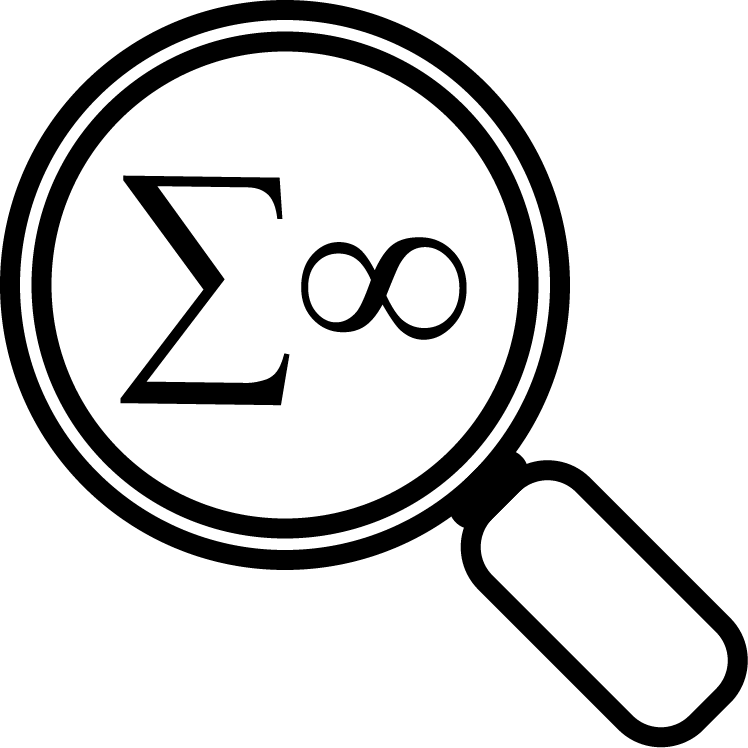The drifty genotype hypothesis of obesity is not consistent with evolutionary theory
Background
Obesity is a major medical issue affecting millions of people worldwide. Whilst the immediate causes of obesity will clearly be consistently consuming more calories than are used, the reasons why humans (and other animals) have evolved to be disposed to this are not known. The thrifty genotype hypothesis proposes that in natural environments it pays to store lots of fat as an emergency energy supply during a food shortage. However, this doesn’t explain why not everyone is obese. The drifty genotype hypothesis is based on the idea that we have two separate critical levels of fat: if fat level drops to the lower one then we gain weight and if fat level gets to the upper one then we lose weight. This upper one is supposed to depend on the risk of predation, which is greater if fat reduces athleticism. Since we are no longer predated, people with mutations in the genes controlling the upper limit don’t get killed and so the levels have ‘drifted’ to different extents in different people.
Findings
We made a computational model which finds the best level of fat for an animal that may die of starvation or being predated. The animal can switch between activities that have different risks of predation and different amounts of food. If this switching is cost-free then the animal should have a single target level fat, which is determined by the environmental conditions suggesting that people should have a variable target. We predict that people will have poor control against over-eating because in human history it was never very costly in terms of survival. We explain that the incidence of death during famines cannot help assess the different explanations. If switching is costly, then the animal should have two critical levels, as in the drifty genotype hypothesis, but both of them should change if the predation risk changes, which suggests that this hypothesis is not consistent with evolutionary theory.
Implications
We made a computational model which finds the best level of fat for an animal that may die of starvation or being predated. The animal can switch between activities that have different risks of predation and different amounts of food. If this switching is cost-free then the animal should have a single target level fat, which is determined by the environmental conditions suggesting that people should have a variable target. We predict that people will have poor control against over-eating because in human history it was never very costly in terms of survival. We explain that the incidence of death during famines cannot help assess the different explanations. If switching is costly, then the animal should have two critical levels, as in the drifty genotype hypothesis, but both of them should change if the predation risk changes, which suggests that this hypothesis is not consistent with evolutionary theory.
Subject
Evolutionary medicine
Subject Group
Zoology and Ecology
Keywords
obesity
starvation
predation
optimal foraging
set point
Posted by
AndrewDHigginson
on Fri Oct 27 2017
Article ID
F3W3PN5NY
Details of original research article:
Higginson AD, McNamara JM, Houston AI. Fatness and fitness: Exposing the logic of evolutionary explanations for obesity. Proceedings of the Royal Society of London B. 2016;283: 20152443. View the Thread Network for this Finding
View the Thread Network for this Finding
Preceded by:
Animals’ instincts to exploit gluts of food to avoid costing searching means we easily become obese in our ‘constant glut’ modern world
Posted by: AndrewDHigginson Posted Fri Oct 27 2017
Understanding how large and how fat different species are follows from predicting optimal bodies that avoid both starving and predation
Posted by: AndrewDHigginson Posted Wed Oct 11 2017
